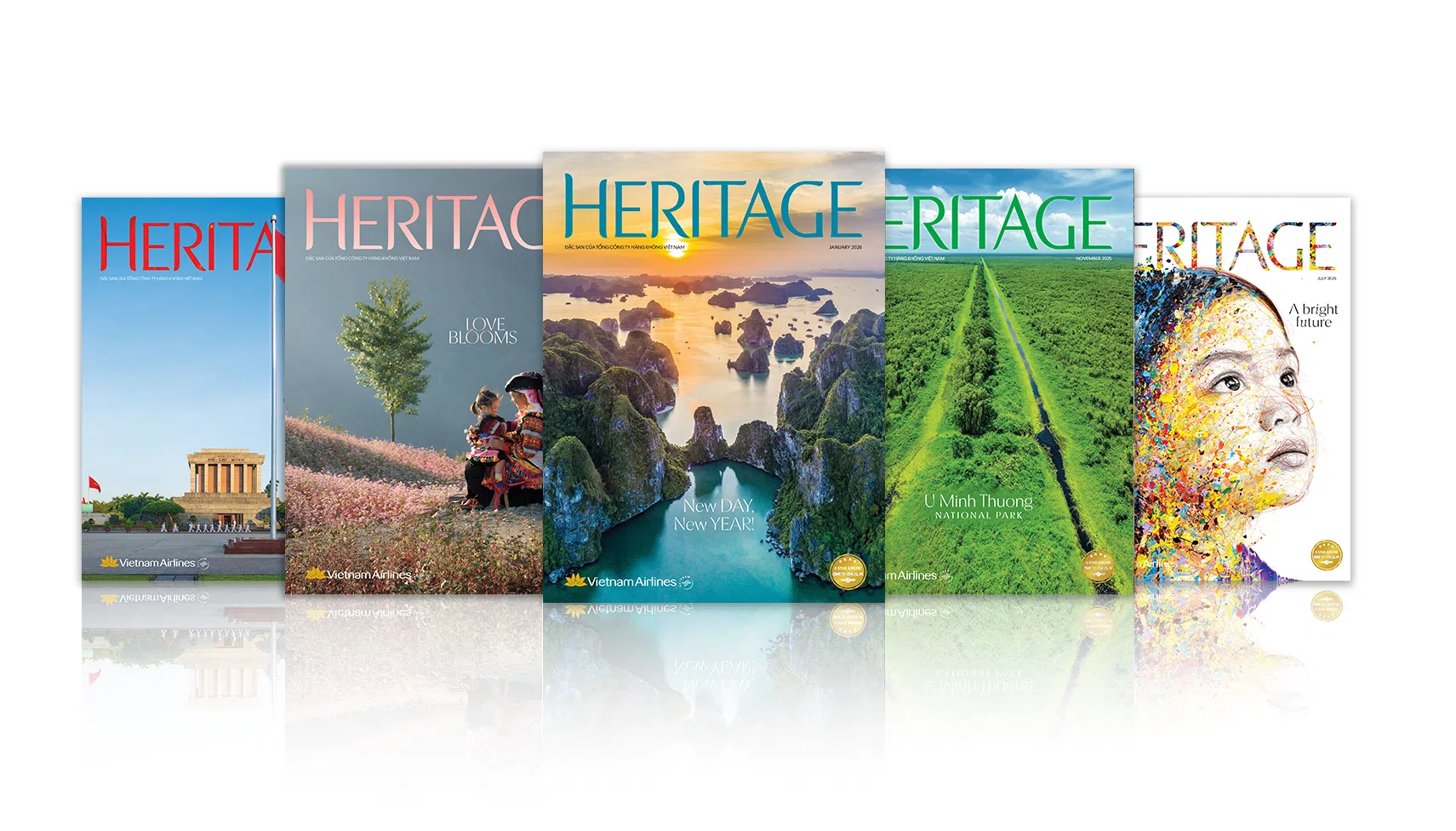Truc Lam
Mixing different cultures and old and new, Kuala Lumpur is full of surprises
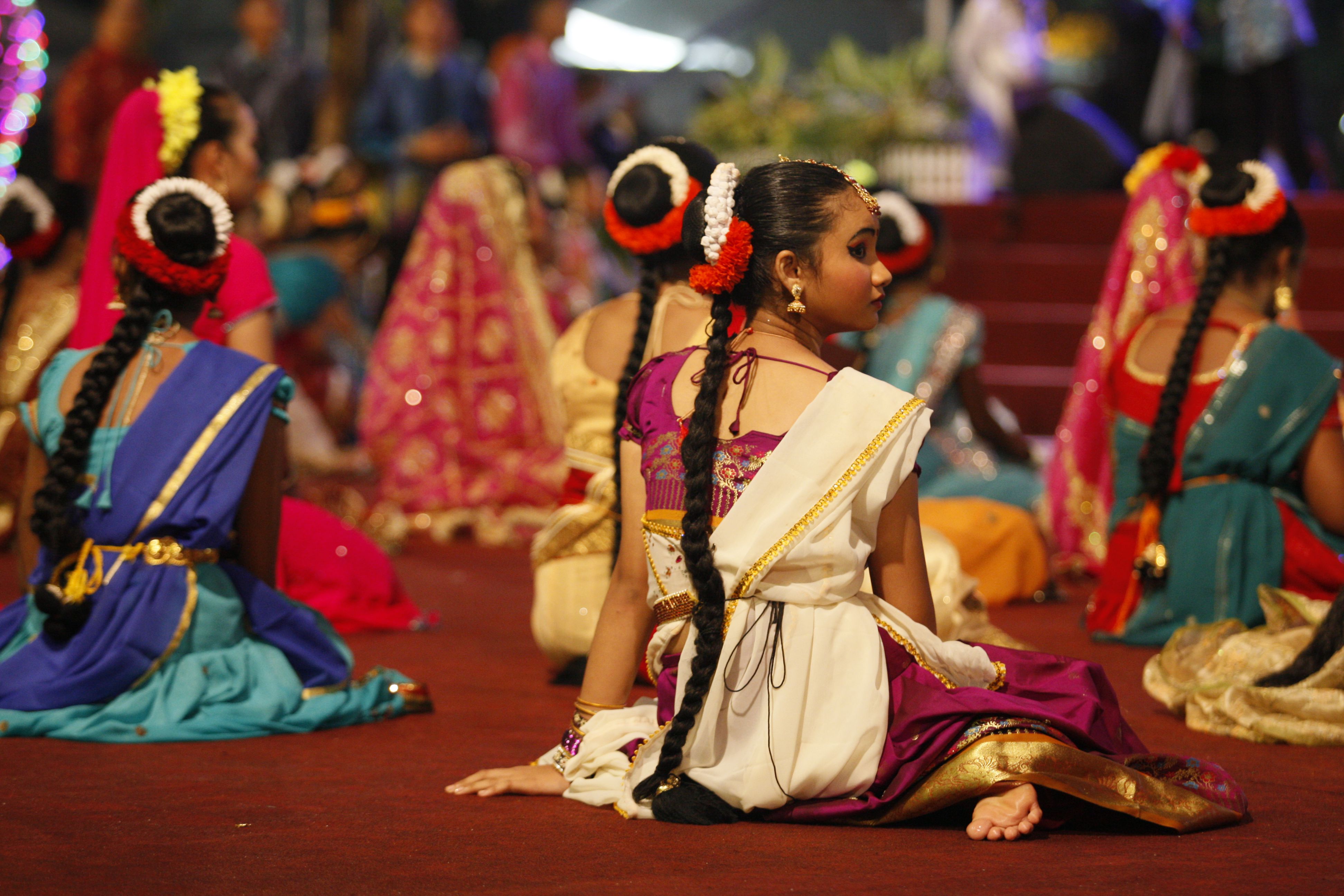
The capital of Malaysia, Kuala Lumpur, is a captivating stop for visitors, being full of contradictions. The atmosphere is both peaceful and vibrant, with a distinctly Asian feel conveyed by the city’s arts, architecture, streetscapes and cuisines. Shaped by its Malay, Chinese and Indian communities, Kuala Lumpur draws visitors from throughout the world.
The downtown streets are lined with lush green trees that make visitors feel like they’re strolling in a tropical jungle. Busy department stores lie near mosques with high minarets and gigantic domes. Modern high rises tower over British colonial architecture dating back to the late 1800s and early 1900s. Kuala Lumpur is full of surprises. Its traditional, old-fashioned trading quarters contribute to the city’s vibrant atmosphere, leaving a strong impression on tourists.
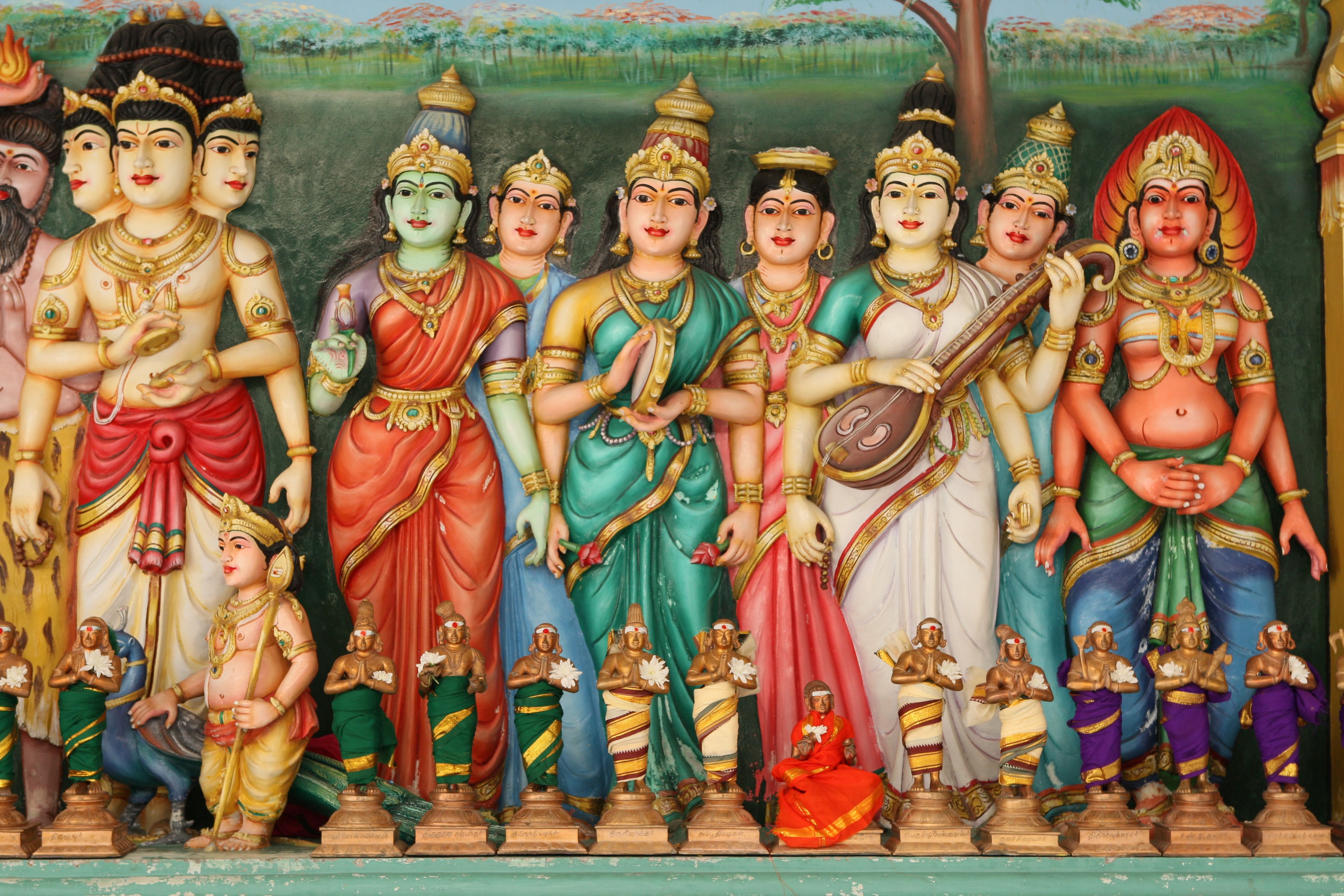
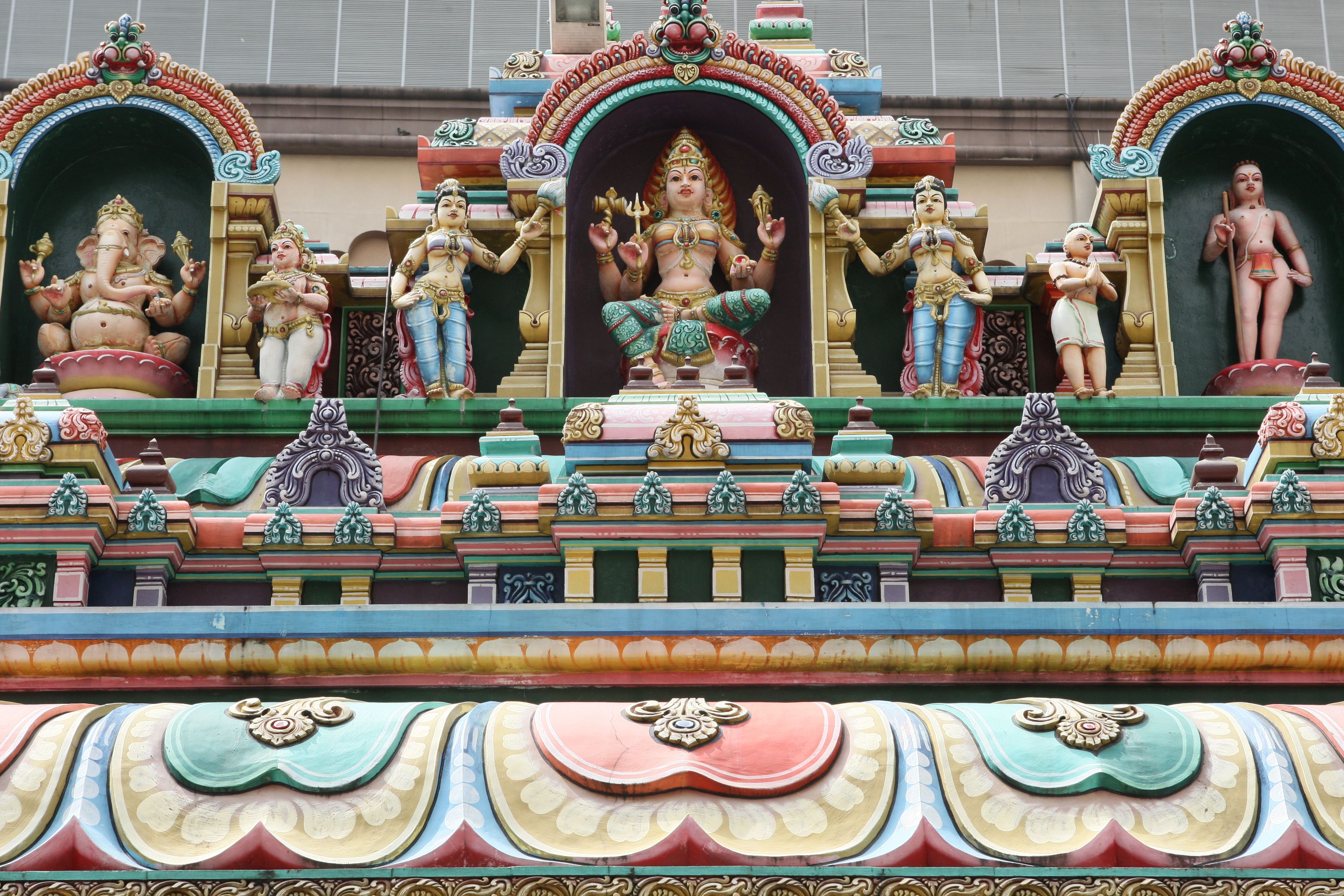
Accounting for one fourth of the population, people of Chinese descent have shaped the country’s unique cultural identity. As such, no visit to Kuala Lumpur is complete without a stop in Chinatown. This quarter is always crowded with pedestrians, food stalls and restaurants, the smells of many foods hanging over the streets. Weaving through the crowded sidewalks, Vietnamese visitors will find many familiar surprises. The street vendors use modern equipment but retain their old-fashioned sales techniques. From fashion shops to stalls selling sophisticated jade, gold and silver jewelry, customers can bargain.
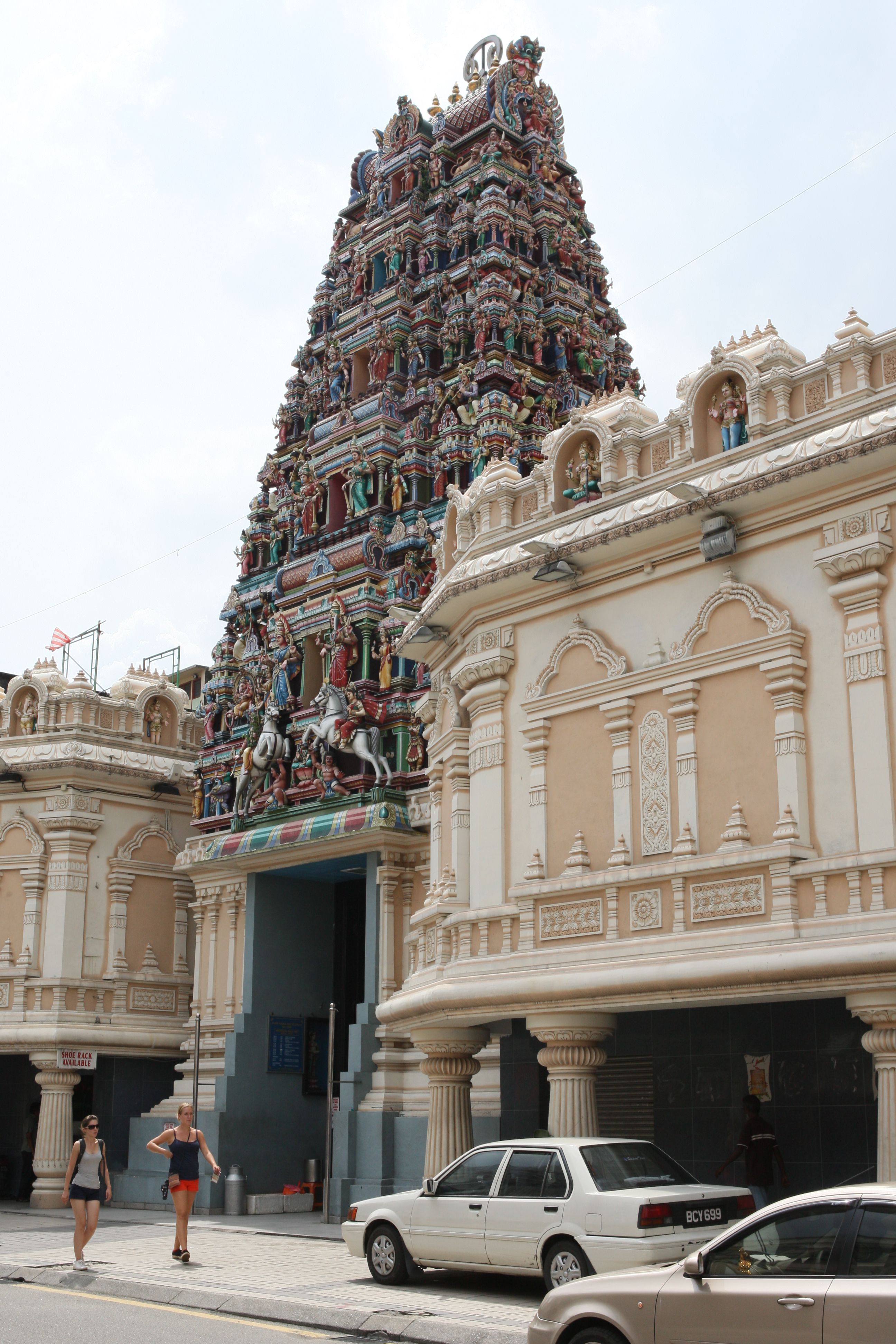
Unless it’s raining, many narrow alleys are packed with outdoor kiosks. From noon to midnight, buyers and sellers throng these small lanes. Adding to Chinatown’s appeal is its countless restaurants. Flames erupt from stovetops and saucepans emit tantalizing smells. It would be a big mistake not to try some Fujian spicy sautéed seafood, Peking duck, or Singaporean stir fried noodles during your tour of the Chinese quarter.
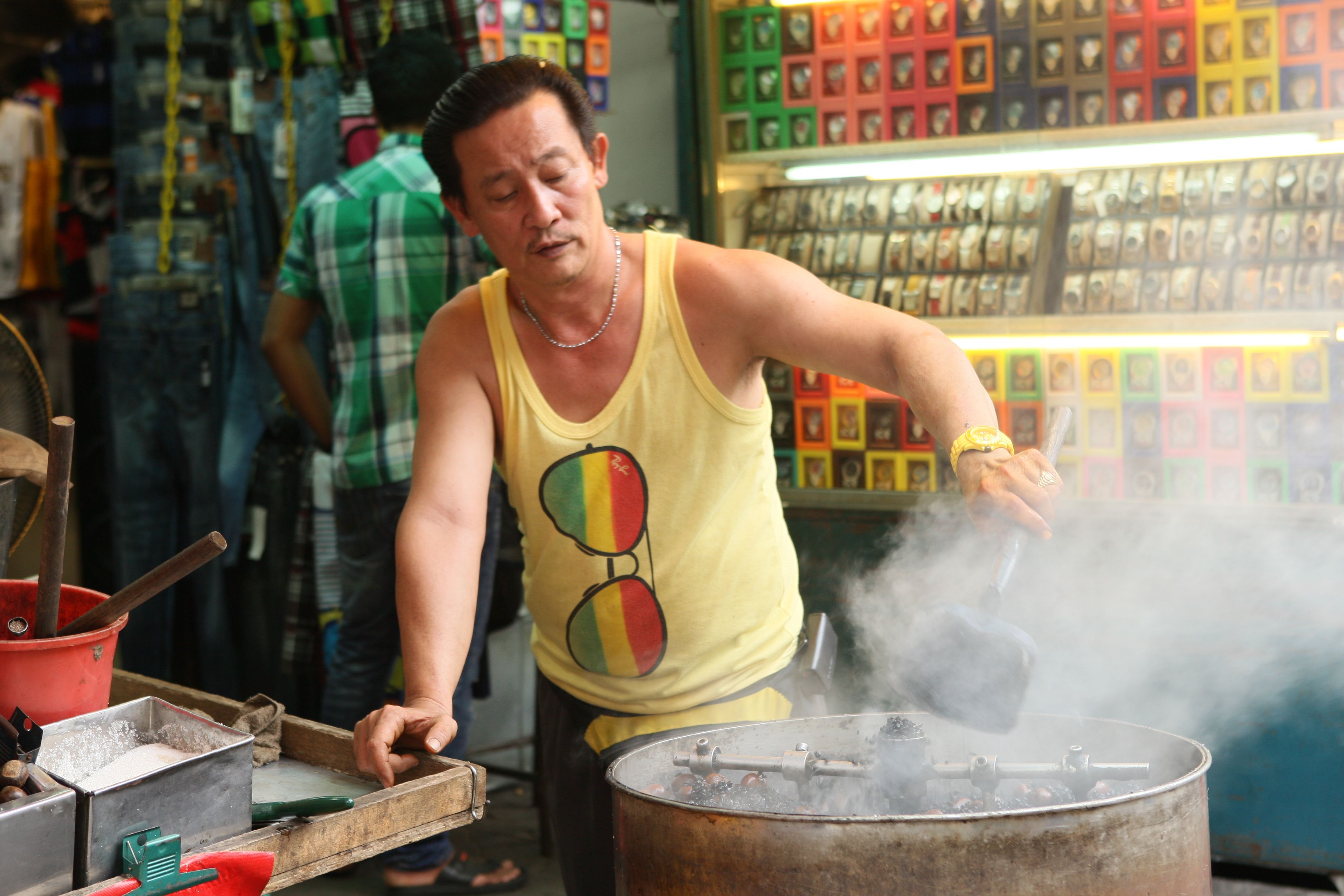
A short walk away, through a set of doors, visitors can discover various pagodas and assembly halls. Incense swirls day and night beneath the bright scarlet gilded hall signs, parallel sentences, guardian god figurines and deity images. Each pagoda and assembly hall is worth a look as they display wonderful sculptures, architecture and decorations made by ancient craftsmen.
Not far from Chinatown lies Little India, which also prides itself on its vibrant colors, spices, perfumes and cuisine. Making up nearly 10 percent of the country’s population, Indians enrich Kuala Lumpur with their strong and colorful Hindu culture.
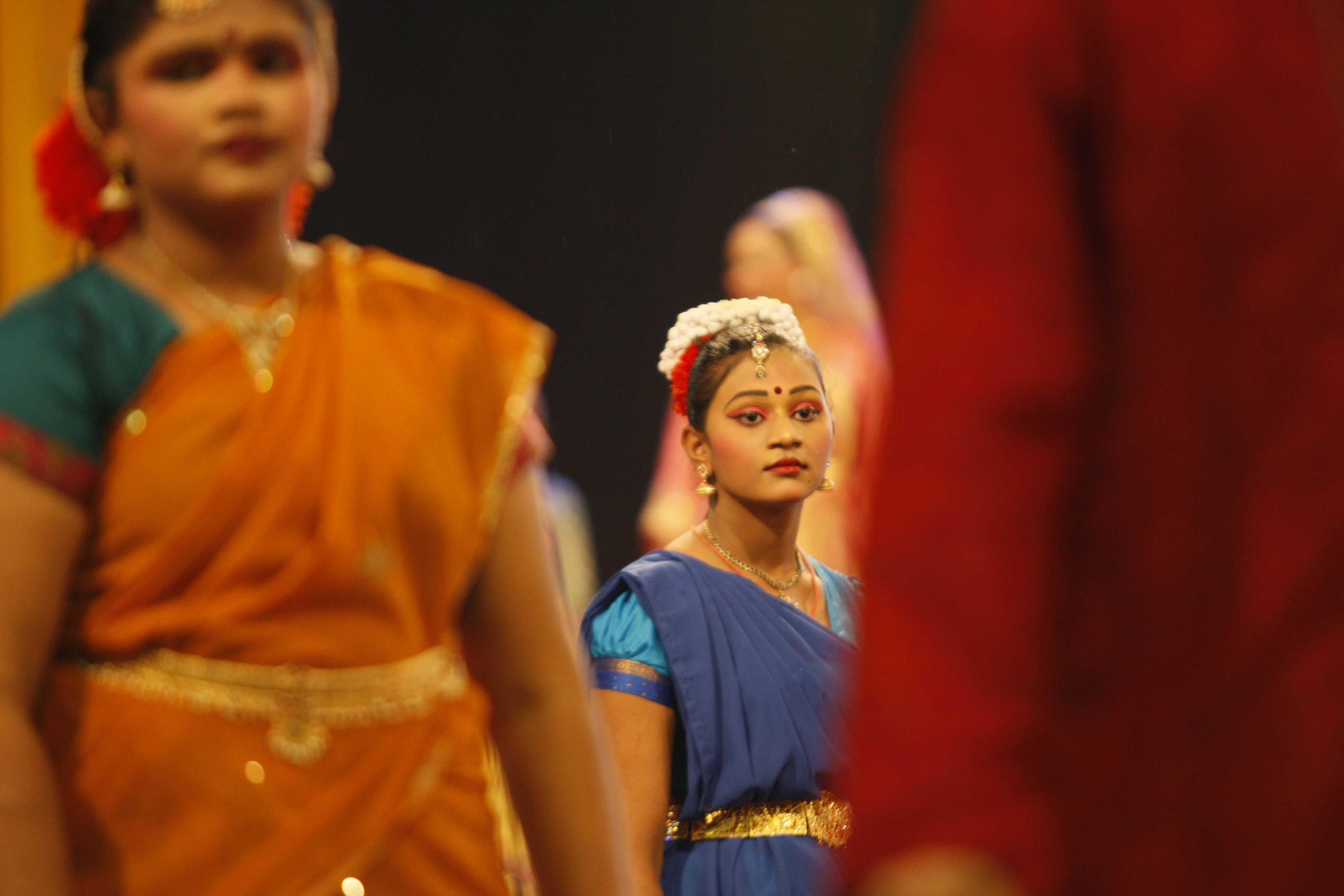
Visitors will find countless shops selling silk, gold jewelry, paintings and sculptures, as well as other familiar items. The floral wreaths hung around the necks of deity sculptures, tied to mirrors and draped over vendors’ stalls give this district a festive look. There are more than 3,000 deities in Hinduism, thus different festivals take place nonstop. Strolling down the streets and admiring the shiny jewelry and handicrafts, visitors will often encounter colorful parades. These spectacles are both joyful and exotic.
These districts spread their arms to welcome visitors and lavish them with fun experiences. Looming behind high rises and vast green park lie striking cultural mosaics. With its mix of cultures and races, Kuala Lumpur is an inclusive city with something for everyone.







